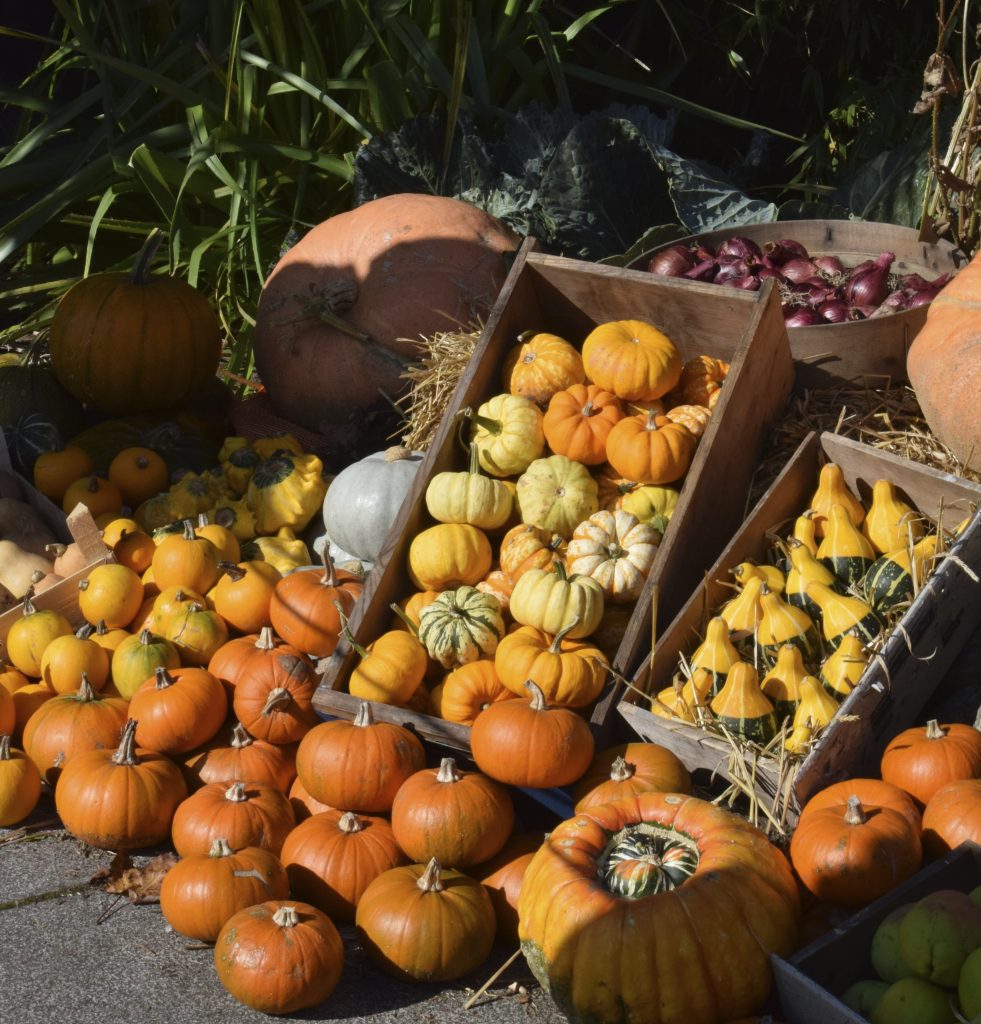
Happy Easter!
I grow a wide range of vegetables and they are all useful in the kitchen and tasty to eat. But the most exciting of all are the squashes. They are just fun to grow. The seeds are large, the plants grow quickly and are often vigorous and huge and the fruits are so varied and impressive. I always think they are perfect for kids to grow because they grow so fast and there is the prospect of fruits that are too big for them to lift!
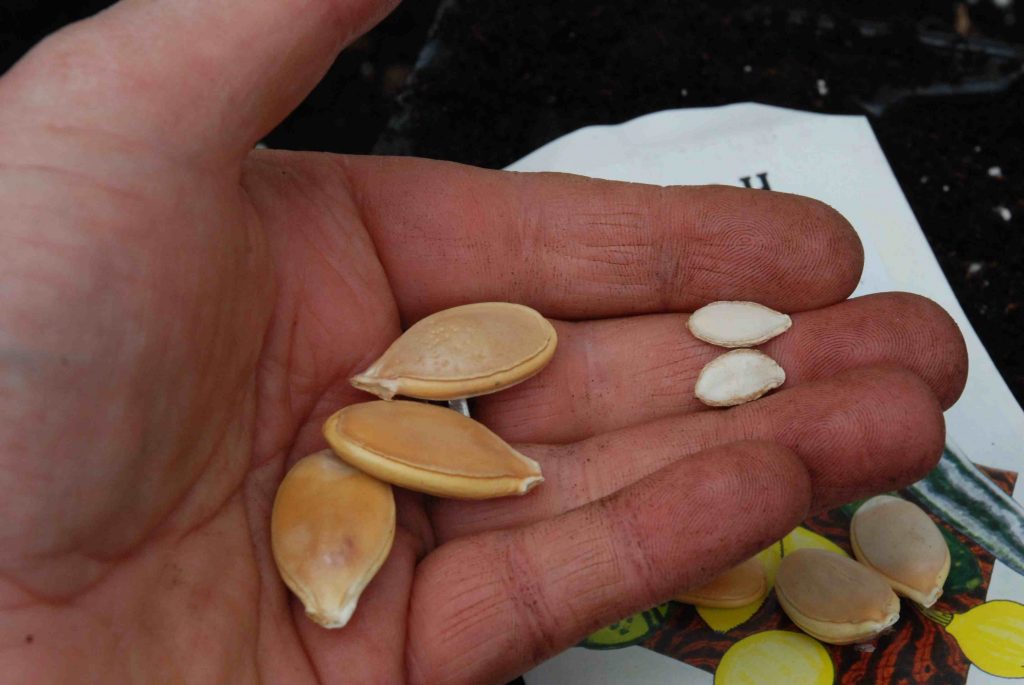
Unfortunately we tend to get confused about squashes and that can put people off. We won’t get bogged down with the botanical names or those that can be troublesome to grow in the UK except in a poly tunnel and we’ll stick to the basics today.
Courgettes, pumpkins, marrows, butternuts, spaghetti squash and acorn squash, as well as hubbards and crooknecks, both more common in the USA than here, are all squash.
Squash can be roughly divided into summer squash and winter squash. Although there are some botanical differences, the basic difference is that summer squash are eaten when young, in summer and winter squash are allowed to ripen, so their skin hardens, and are usually stored and eaten in winter.
Our summers are not reliably hot and sunny and sometimes winter squash do not mature well enough to store for many months but they are fine for use up till the end of the year. Look for ‘British-bred’ varieties which have been bred to mature quickly, especially important for butternut squash which are otherwise easy to grow.
All squash have similar requirements:
Sunshine and warmth
Lots of water
Lots of feed
Rich, moist soil full of organic matter
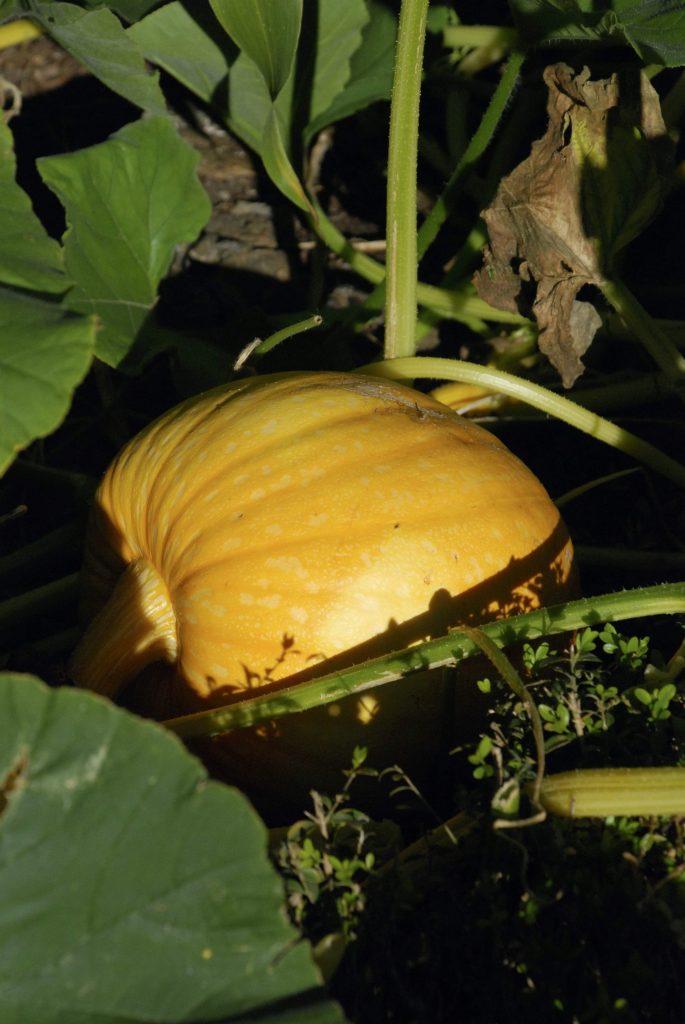
They all grow quickly and the biggest mistake people make is that they sow too early. With an average planting time outside of mid May, it is the perfect time to sow seeds now. Whether sowing courgettes or pumpkins, sowing is the same.
You can sow in yoghurt pots (with holes in the base) but I use small pots or 6-cell cell trays. Fill loosely with multipurpose compost and then sow one seed, on its side, pushing the edge into the compost so it is about 1cm deep. Fill in the dip with compost, water thoroughly and keep in a temperature of about 21c. You will see the soil surface crack after a week or so and the seedling emerge within two weeks.
To avoid having empty pots, it is usual practice to sow two seeds per pot – because not every seed will grow. If two seeds grow the weaker seedling is pinched out as soon as the seed leaves have expanded. But some seeds are expensive and it is a shame to waste them if you only get 6 seeds per packet – as you will with F1 hybrids and giant pumpkins. So sow one per pot.
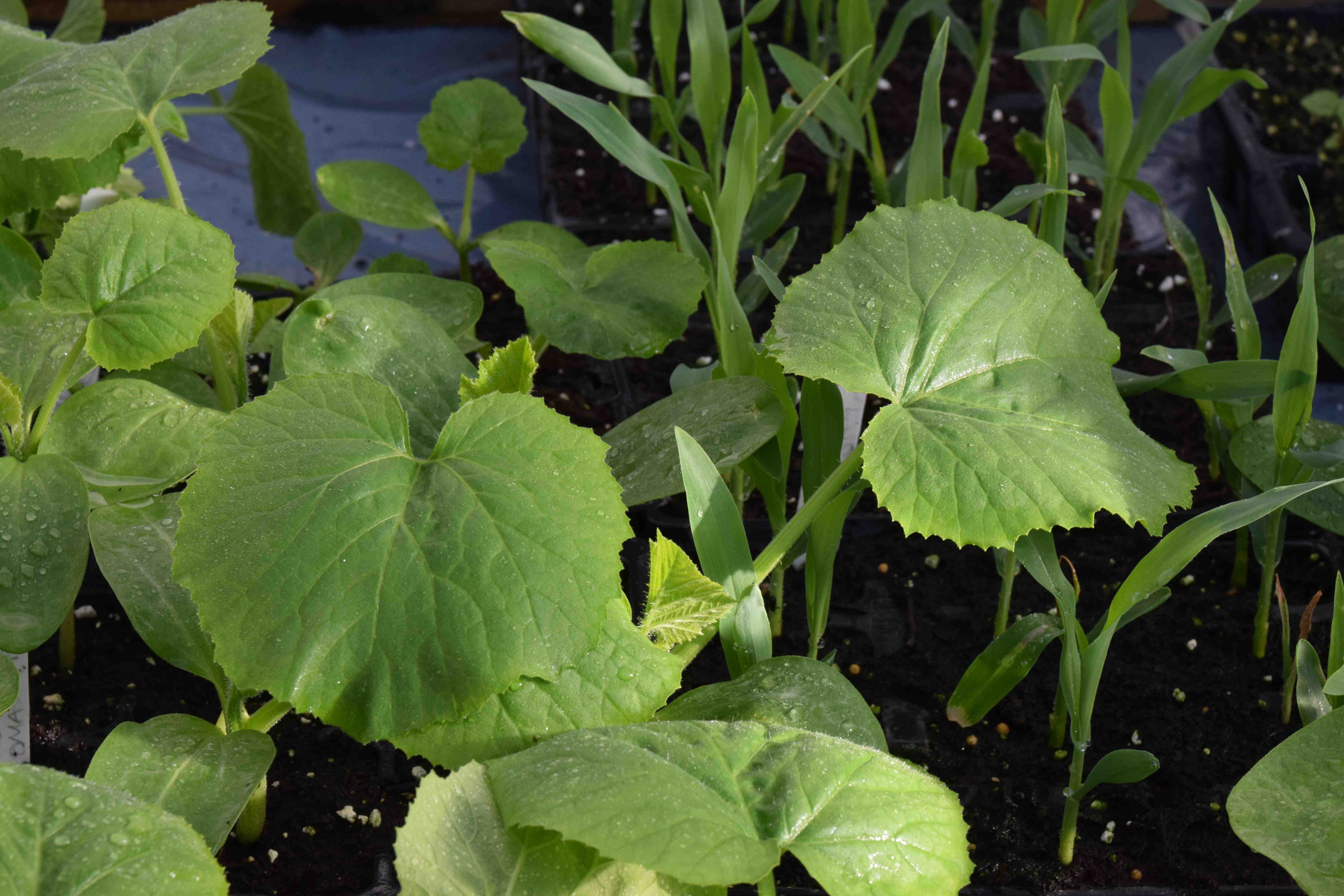
In good light, the seedlings will grow at a pace and they are ready to plant out when they have one fully expanded true leaf and another just starting to grow. Never let your plants sit in the pots too long and get potbound or they will never recover. They will flower prematurely, when tiny, and never produce a good crop.
Because the leaves are so large and will be delicate at this early age, harden them off before planting out and avoid planting out on hot or windy days. Covering your newly planted squashes with a cut plastic 2 litre bottle or milk bottle as a mini-cloche is a good idea.
Always enrich the soil with as much compost as you can. Spread well rotted manure around the plants. If you are growing pumpkins you can spread the areas where they are to grow with any strawy manure, to feed, keep down weeds and maintain soil moisture.
However, they are a good crop for a new plot. Dig a well-prepared planting hole and you can mulch the surrounding area with cardboard to keep down weeds – later, the dense squash foliage will suppress weed growth.
The shape of the plants varies. Pumpkins are huge, wandering plants that root as they grow. Many other winter squash are also long, trailing plants so they need plenty of space. Courgettes are usually bushy and more compact and are the best to grow in pots. Other squash are a bit too confined if grown in pot.
Courgettes
Quick and easy to grow. You can sow from now till June, for later crops. Look for parthenocarpic varieties such as ‘Sure Thing’ which do not require pollination so set reliable crops. Try yellow and ‘grey’ varieties (sometimes called Lebanese types) for their different taste and texture. I find yellow courgettes are nutty and delicious raw. Pick when young so they don’t grow into marrows.
Butternut squash
Trailing plants that should produce four to six fruits. ‘Hunter’ is a British variety that should ripen in our summers.
‘Crown Prince’
This grey-skinned squash is especially tasty and good for baking. Expect 3 or 4 fruits per plant. ‘Kabocha’ and ‘Turk’s Turban’ are other tasty winter squash.
Spaghetti squash’
If you find marrows stringy you will be intrigued by these. They are grown for their very stringy flesh which is similar to very fine spaghetti. Microwave the whole fruits and then fork out the flesh and season with butter and pepper. They taste mild but delicious and are a low-calorie (except for the butter), gluten-free pasta alternative you can grow at home. Plants are usually trailing. Expect up to 10 fruit per plant. I can never work out why they are not more popular.
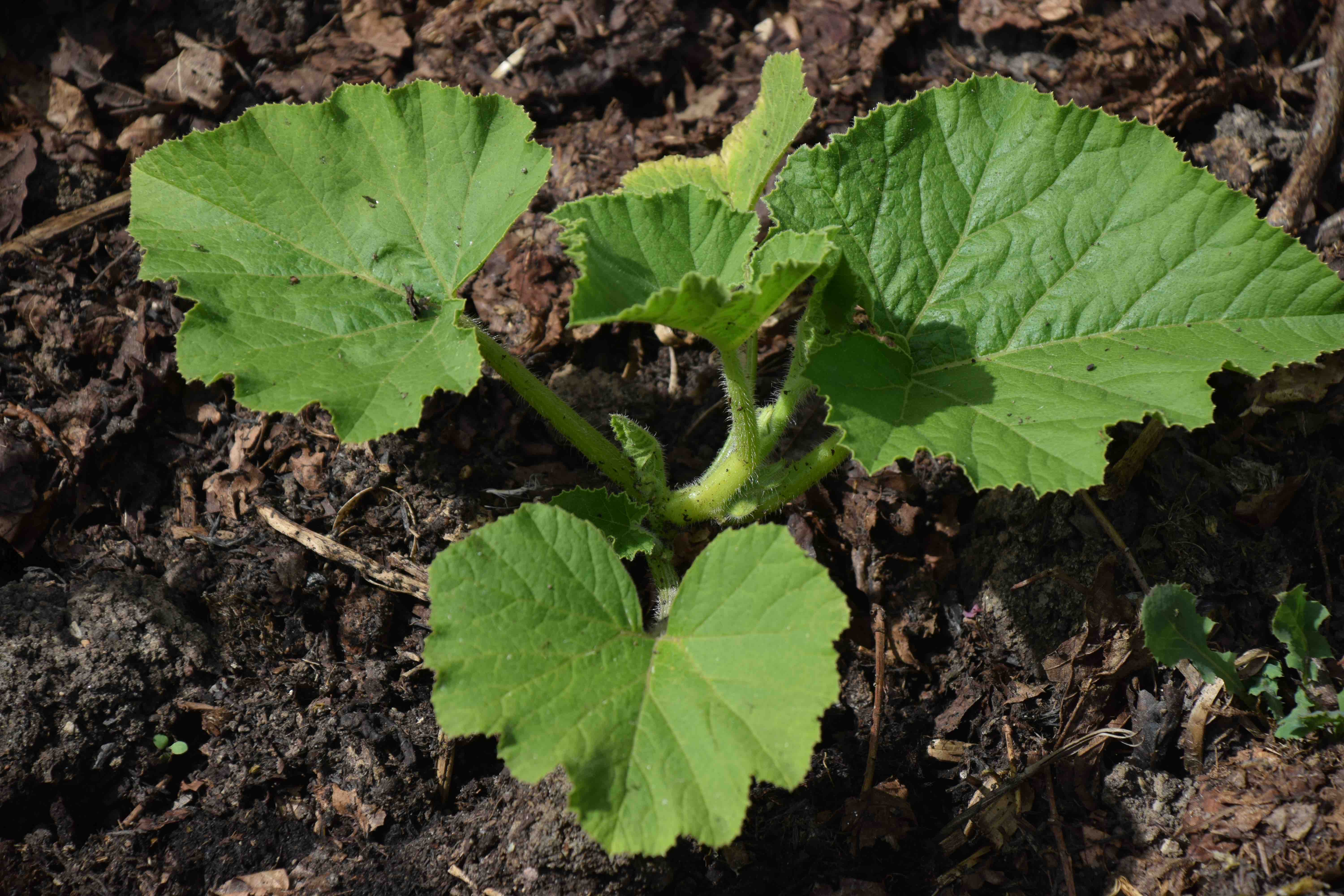
Pumpkins
These are huge plants that can trail 3m or more. If you want big pumpkins do not allow more than three fruits to grow on each plant. But size of fruit varies according to the variety and you can get tiny fruits too. All are edible.
Acorn squash
These are great for small families because the colourful fruit are not too big – each serves one or two. They can be green, orange or striped and make good eating with cream flesh. Plants are usually trailing and can produce about 10 fruits.